- Centralized control and protection of Windows and Android devices to ensure security.
- Configure network settings, including Wi-Fi and VPN, to enhance connection security.
- Restrict access to device data and applications to prevent unauthorized usage.
- Monitor device performance and receive real-time alerts for unusual activities to enable quick responses to potential threats.
MSPs and Cyber Security in 2025 -The Challenges and Trends
1MSPs vs. MSSPs: Cybersecurity Concerns for MSPs
Despite having very similar names, MSPs (Managed Service Providers) and MSSPs (Managed Security Service Providers) aren’t the same. They’re often employed by small businesses that don’t have the in-house IT resources to manage their systems.

What’s the Difference?
MSPs remotely manage a customer's IT infrastructure and end-user systems. Their focus is on proactively monitoring and maintaining IT systems to ensure optimal performance and compliance.
MSSPs, on the other hand, specialize in providing outsourced monitoring and management of security systems and processes. Their primary focus is on safeguarding an organization’s data and IT assets from cyber threats. Due to the nature of their work, MSSPs can be rather expensive.
Challenges for MSPs
The challenge for MSPs is that they need to shift some of their primary focus to cybersecurity. Threats are getting more sophisticated and they need to manage this as well as regular IT operations. With regulations and compliance ever-evolving, they also need to ensure they’re up-to-date. There’s a lot for MSPs to focus on now.
Our Opinion
" The fact is, MSP cybersecurity protection isn’t at the same level as MSSPs is because they’re not cybersecurity experts. As we mentioned MSPs and MSSPs are usually employed by small businesses who don’t have their own inhouse IT.
It’s challenging for MSPs to operate cybersecurity services at the same level as MSSPs. What many don’t realise is that MSPs are often small businesses themselves. Providing MSP network security requires significant investment. These small businesses may not have enough cash flow, to be able to afford being relevant. What we see happening is these MSPs then charging their clients more if they require (and they really need it) the highest levels of cybersecurity. The challenge is that these clients may not be able to afford this or simply choose not to pay extra.
If clients seek better cybersecurity protection, we recommend engaging third-party cybersecurity experts. When choosing an MSP it’s vital that they adhere to best practices to ensure their own security and that of their clients."
2Best Practices Every MSP Should Implement
To remain compliant and relevant, every MSP needs to implement these basic practices:
Employee Training and Awareness
Most MSP employees typically work remotely, which unfortunately, puts them at a higher security risk. If they’re not connected via the most secure networks, they can open up their clients to being hacked. Employee training is vital and needs to be ongoing. A challenge for many MSPs is that employee turnover is high. They need to find ways to encourage their staff to remain loyal.
Compliance and Regulations
Compliance and regulations are ever-changing and an organization can quickly get behind in this area. No matter how much is invested in technology, it cannot guarantee an organization's security and compliance. Without proper policies and standards in place, even the most advanced technology may fail to adequately address risks, protect data, or meet compliance requirements.
Our Opinion
"In our opinion the solution to this challenge is to Include legal professionals in the MSP team. Lawyers can assist with compliance by interpreting complex regulations such as HIPAA and PCI DSS, and with their expertise can develop legally sound policies and procedures. They can help draft essential policies, such as ensuring compliance with data protection laws (like GDPR) to secure client data privacy. Lawyers can also assist in the creation and review of Service Level Agreements (SLAs) to clarify service quality standards and client rights.
We believe that while IT staff have the technical knowledge, if they partner with the legal team to develop cybersecurity and employee conduct guidelines, this ensures that everyone understands their legal responsibilities and compliance requirements when handling sensitive information."
Vulnerability Scanning
The need to scan for vulnerabilities should never cease. It’s estimated there are, on average, 200,454 unique malware scripts per day, which is 1.5 per minute. Vulnerability scans must run constantly and be completely up-to-date to ensure nothing is missed. MSPs that don’t have the cash flow to keep their systems current may lag behind in this process.
Audits of Privilege and Access
Staff changes happen constantly; some are promoted, and some are demoted or let go. Access and privileges must be amended at the time of change. This is where HR and IT need to work together to ensure this flow of information is current and available to the company’s MSP. Imagine the damage an angry high-level employee who’s just been fired can do if they still have all their network privileges.
Phishing Campaigns
Phishing is where hackers pose as legitimate people or organizations to attempt to get access via passwords or credit card details. MSPs need to educate their teams on the latest phishing techniques. The introduction of AI is helping these emails to appear more advanced and less obvious.
Zero Trust Architecture
One of the biggest trends we noticed in 2024 was adopting the ‘Zero Trust’ attitude. This suggests that everyone is a suspect and nobody can be trusted. Organizations need to be vigilant about what access is given to whom. MSPs must manage this by strictly registering and verifying IDs before accessing any server.
Tool Solutions We Recommended
One of the ways MSPs can be sure they remain current is to purchase tools to action the following tasks. These tools can be expensive, which can be a challenge for smaller MSPs, but they’re vital to keep on top of all the challenges.
Vulnerability Scanning: We mentioned the need for continuous scanning before. Tools from legitimate sources like Norton or McAfee that are as up-to-date as possible are recommended. MSPs need to purchase the products with the highest scanning potential.
Log Monitoring: Suspicious activities can happen anytime, and it’s impossible to have a person watching a screen full-time. By implementing software that provides continuous monitoring of logs and provides real-time alerts can help MSPs take action immediately.
Managed Detection and Response (MDR): We love the use of managed detection and response (MDR) services as they not only provide continuous 24/7 monitoring, but they actively go out and hunt for hidden threats. Then, they provide reports and real-time alerts if there’s an incident. This additional level of proactivity greatly assists MSPs
Security Information and Event Management (SIEM): Security information and event management (SIEM) solutions provide real-time analysis of security alerts generated by applications and network hardware. Their incident response features quick investigation and response to security incidents, giving MSPs immediate advice and action steps.
Endpoint Encryption Management: Endpoints are where data leaks and cybersecurity hacks mainly occur. Encryption management tools ensure all endpoints are encrypted to protect data in case of theft or loss.
Dark Web Monitoring: MSPs must employ dark web monitoring. These tools monitor the dark web for any mention of the organization’s data to address potential breaches preemptively. The dark web is where many cybercriminals hang out and get their data from.
Two-Factor Authentication (2FA): Two-factor authentication (2FA) needs to be standard with every log-on or action that could put an organization's data at risk. Tools are available, such as authenticators, that provide a limited time code, and MSPs need to use these to add an extra layer of security for accessing sensitive systems.
Disaster Recovery Planning: A cybersecurity incident is best handled if the MSP has developed and tested a variety of disaster recovery plans. These must be conducted regularly and changed to match current suspected incidents.
Security Operations Center and Incident Response Team: Unfortunately, it’s no longer a matter of whether cybercriminals will target an organization but when. MSPs need to establish a Security Operations Center (SOC) and an incident response team so they’re ready and able to address and action security incidents quickly.
3What Cybersecurity Trends Should MSPs be Aware of in 2025
AI-Powered Threats
The biggest trend in cybersecurity in 2025 is AI. It was the leading tech story of 2024 and will continue to be for a few years.
What MSPs need to be aware of is how cybercriminals are using AI to make their tasks easier. So, MSPs need to adopt AI-driven solutions that can predict and counteract potential attacks.
Supply Chain Threats
One of the most common ways for hackers to access systems is via third-party vendors that are part of the supply chain. While the organization at the top may have the most robust cybersecurity possible, it only takes one breach at the third-party level, and their systems are open.
Consolidation
As we’ve suggested in our opinion above, combining IT and legal teams together to create a more robust security and compliance offering is where many MSPs will have their focus in 2025. Cybersecurity requires a comprehensive solution.
Conclusion
Cybersecurity is an issue for every organization. Small businesses without inhouse IT teams rely on MSPs to assist them. Without implementing best practices, or getting behind in their compliance knowledge, will leave some MSPs out of the marketplace.

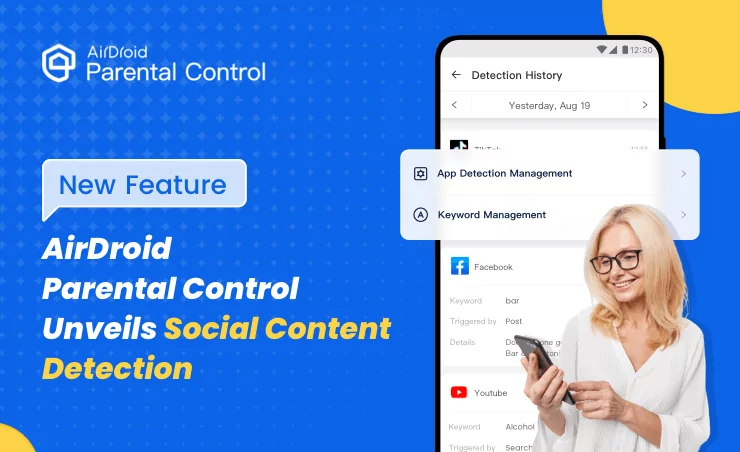
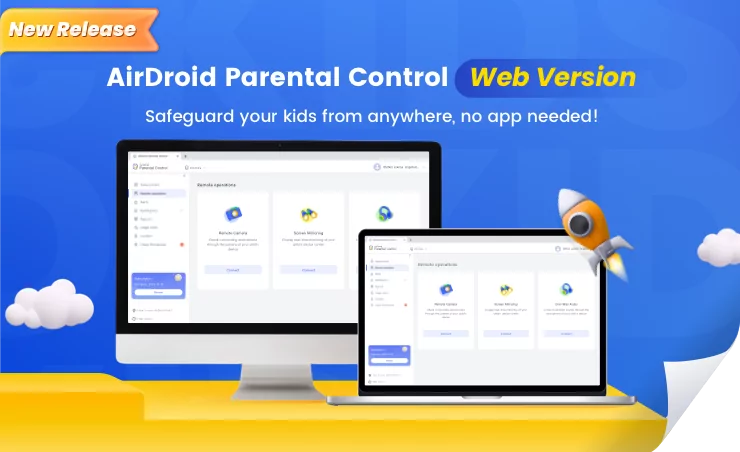
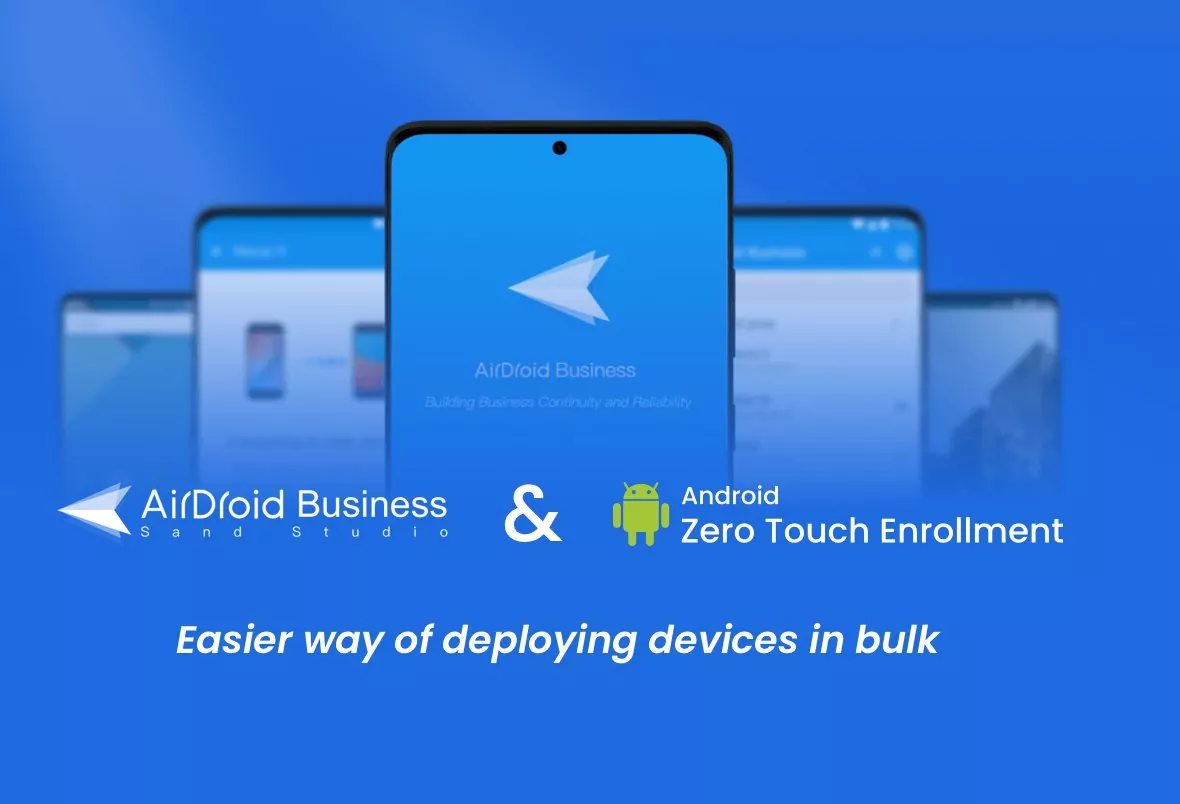

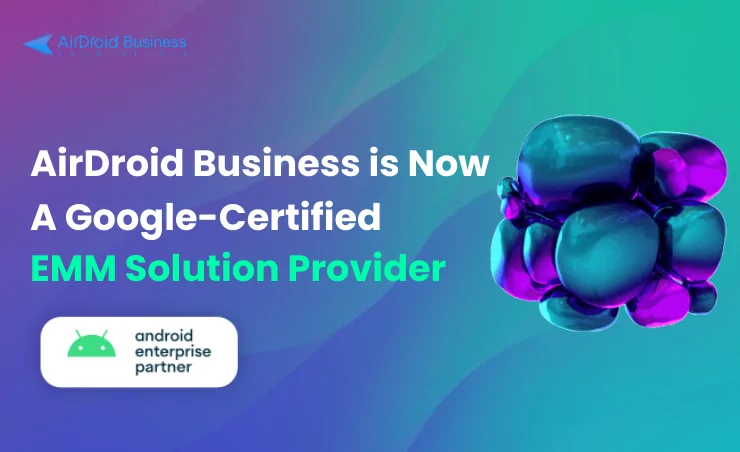



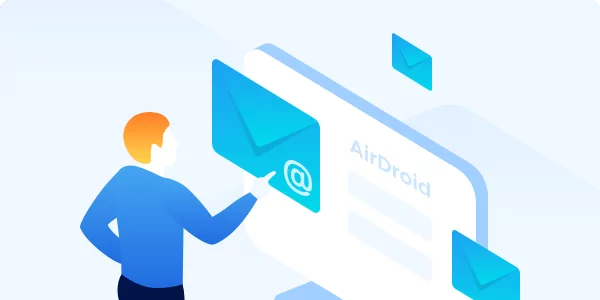
Leave a Reply.